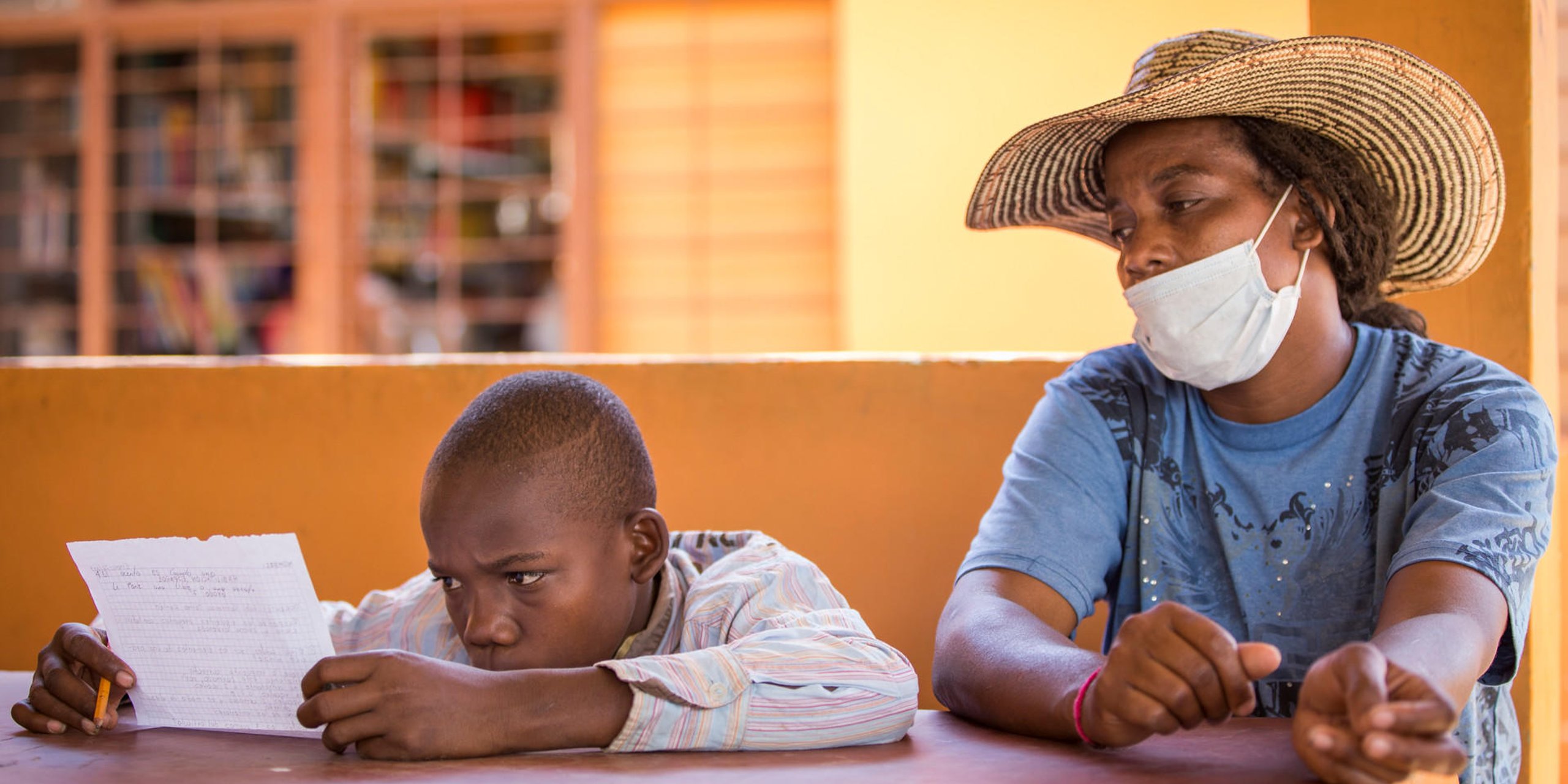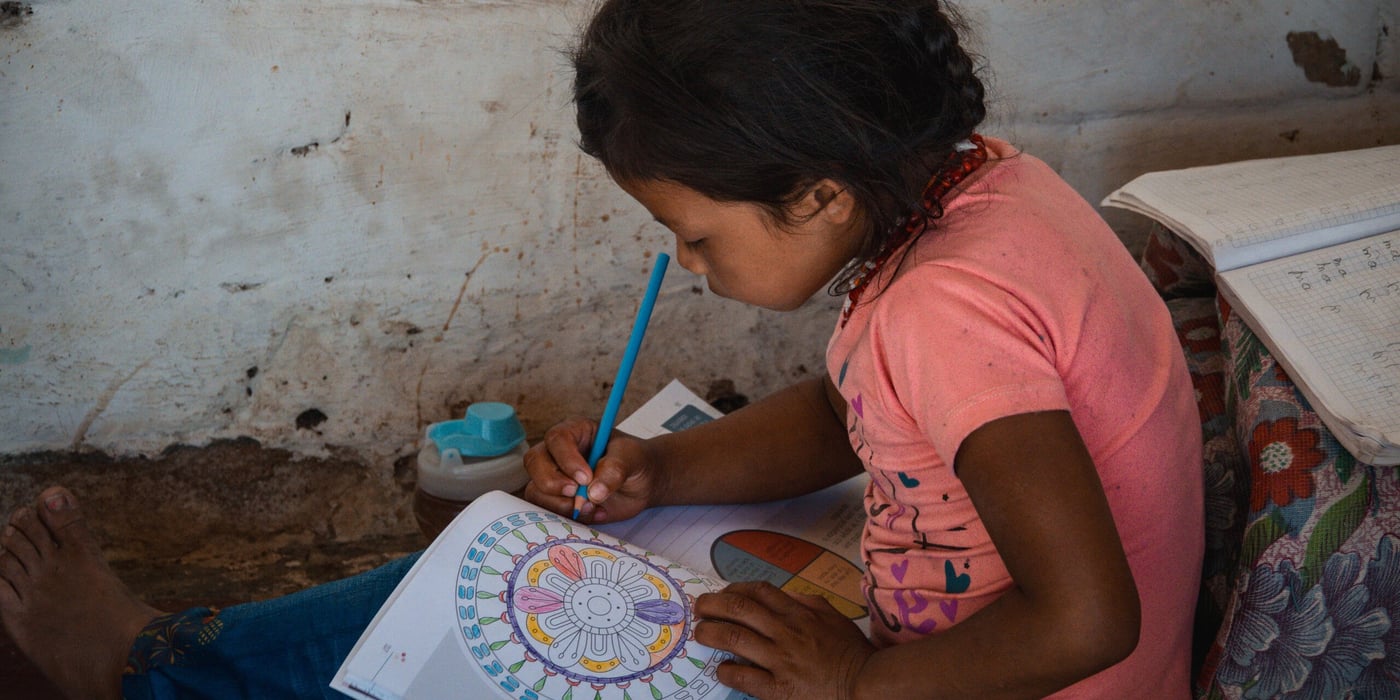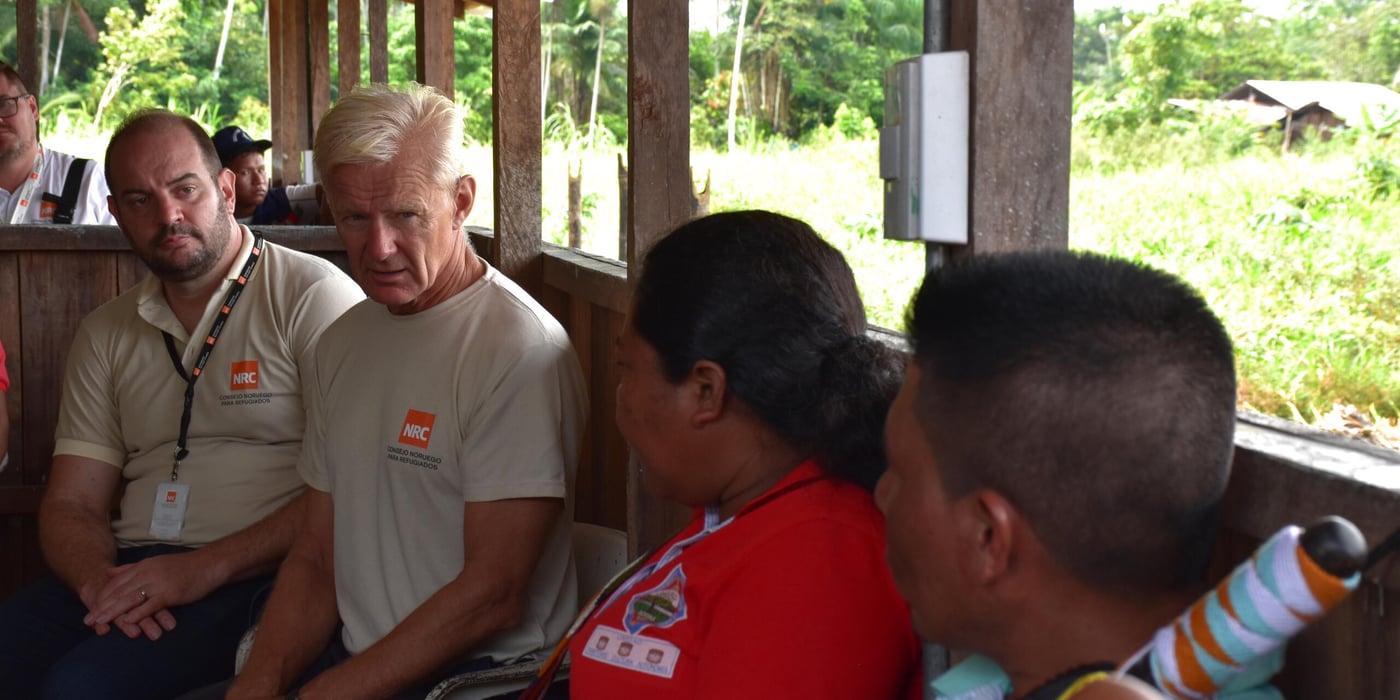
On 15 May, in the municipality of Tumaco, located in the southern tip of Colombia’s pacific coast, two children, aged 13 and 14 years, were killed. Allegedly, they had taken part in an attack against policemen who were playing football in the village of Chilvi. The news caused an uproar in war-tired Colombia, where children’s deaths have become far too common. Everybody, including the president of Colombia, expressed consternation and rejection of FARC, who were accused of using these children to stage the attack. While the injured police were named by the press, the children remained anonymous and vilified. However, as new information emerged over the following days, it became clear that the children had not staged the attack, but were actually playing football with the police officers in their school’s football court - located alongside the local police station. These children were actually victims of an attack against the police. Their only crime was being in the wrong place at the wrong time.
Huge challenges remain
This case is a tragic reminder of the senseless loss of lives and of the absurdities of the long lasting Colombian conflict. Civilians, often poor people living on the countryside, and children bear the brunt of war. Over the past year, we saw a steady progress in the peace negotiations. We are therefore hopeful that 2016 will be the year where these negotiations will reach a conclusion and end five decades of conflict in Colombia. There is, however, a continued distance between the progress in the peace talks in Havana and the situation on the ground. In 2014, more than 200,000 people were forced to flee their homes as a result of the conflict.
Huge challenges remain in Colombia in order to achieve peace. Important issues, such as demobilisation and reintegration, still need to be settled between the parties. A formal peace negotiation with ELN, the second guerilla movement in Colombia, has not even started. Moreover, no bilateral ceasefire has been agreed despite the unilateral ceasefire declared by FARC and the reciprocated suspension of areal bombardments by the Colombian government. Consequently, the war remains a tragic fact for many communities in Colombia.
Widespread violence
While the peace process and future peace accords represent an extremely positive development, it is also important to recognise that such an agreement will not solve all the humanitarian challenges in the country. The armed conflict between the government and FARC is not the only source of violence in Colombia. The evidence of on-going presence and growth of other irregular armed groups that continue to put communities at risk and cause displacement are of great concern to the Norwegian Refugee Council. UN-OCHA estimates that nearly 200,000 people may end up displaced by the end of 2015, continuing the past decade’s trend. During peace negotiations with FARC, according to the same figures, about 17,000 people were displaced every month. Constraints to the free movement of civilians and to their access to basic services are widespread in rural and in urban areas affected by the armed conflict. Restrictions are increasingly caused by mechanisms of social control, put in place by non-state armed groups, organised crime and local armed structures.
Deep roots of conflict
The parties of the negotiation should take full advantage of the political progress and, with the support of humanitarian actors, take further steps to ensure that the rights of the conflict-affected population in Colombia are respected and that the most vulnerable have access to protection and assistance. The stakes are high, and the past peace settlements in the region leave important lessons. If the settlement reached is not successful in addressing the structural causes of the conflict, like rural underdevelopment and illicit economies, it will likely fall short of resolving the armed conflict and new cycles of violence can arise. Children and youth should be given the opportunity to catch up on lost years of schooling and must be amongst the first priorities. I have met too many children and youth who have not been in school for years due to the conflict. Going forward, ensuring a safe and protective learning environment for children, is essential in order to avoid that the tragedy of Tumaco is repeated.



